 The Australian Digital Futures Institute is powering on with its work in virtual worlds. Coming up in a few weeks is their 2-day ENCKE Virtual University Collaboration (ENCKE isn’t an acronym, but a comet bringing change).
The Australian Digital Futures Institute is powering on with its work in virtual worlds. Coming up in a few weeks is their 2-day ENCKE Virtual University Collaboration (ENCKE isn’t an acronym, but a comet bringing change).
The details:
This unique event will begin with an intensive two day in-world meeting. Over the following 4 weeks some of the main ideas and concepts for virtual teaching, learning and meeting spaces developed by participants will be constructed on the new virtual university island (with assistance from professional SL builders). Then over the next 3 months participants will be able to book and use these spaces for their own teaching and learning sessions, role plays and meetings. During this time there will be informal follow-up and evaluation meetings. Traditional conferences last a few days and allow for ideas to be presented and for some follow-up discussion to occur.
The plan is to have the virtual university island(s) as an ongoing collaborative and space to allow for construction and testing of applications of virtual world technologies to university teaching and learning. We welcome your ideas and suggestions for this and future events.
When: 27 & 28 October 2011, 10am to 5pm Australian EST
Where: On a new Second Life island (slurl to be advised)
Registration: The fee to participate is AUD$325 (inc. GST) and includes the conference and related workshop, tutorial, demonstration and tour session plus 3 months access to the constructed spaces. It is expected that participants will have a SL avatar and have acquired at the least the basic skills of interacting in a virtual environment. The event is limited to 50 participants. We do expect the event to be fully subscribed so please register early to secure your place.
Check out our scoop.it page: http://www.scoop.it/t/virtual-university-education-in-virtual-worlds/
Registration available at: http://adfi.usq.edu.au/encke.html

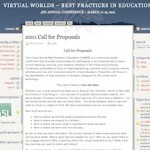

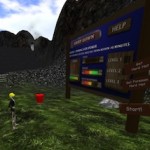


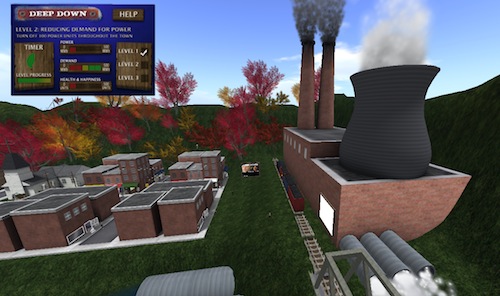

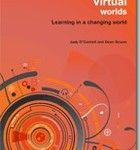
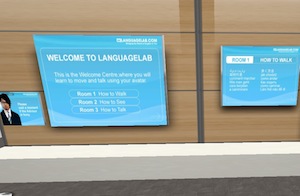
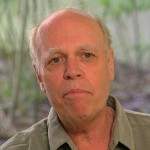

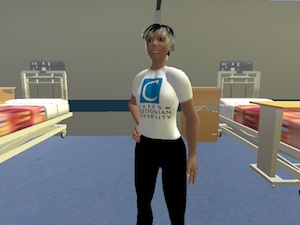 (This story appeared earlier today over at
(This story appeared earlier today over at 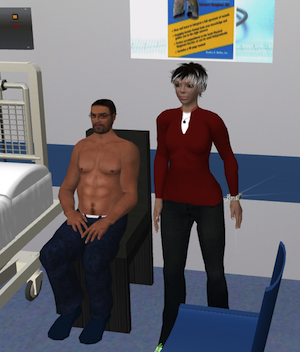 Kali: Constructivism and social constructivism are the key learning theories in my work. By linking history and heart and lung sounds to other parts of a clinical scenario, I am building on the students previous knowledge to create new knowledge. People in simulations tend to act the same as they do in real life. The ability to capture the text allows for reflection on the decision-making of this particular group.
Kali: Constructivism and social constructivism are the key learning theories in my work. By linking history and heart and lung sounds to other parts of a clinical scenario, I am building on the students previous knowledge to create new knowledge. People in simulations tend to act the same as they do in real life. The ability to capture the text allows for reflection on the decision-making of this particular group.
Recent Comments